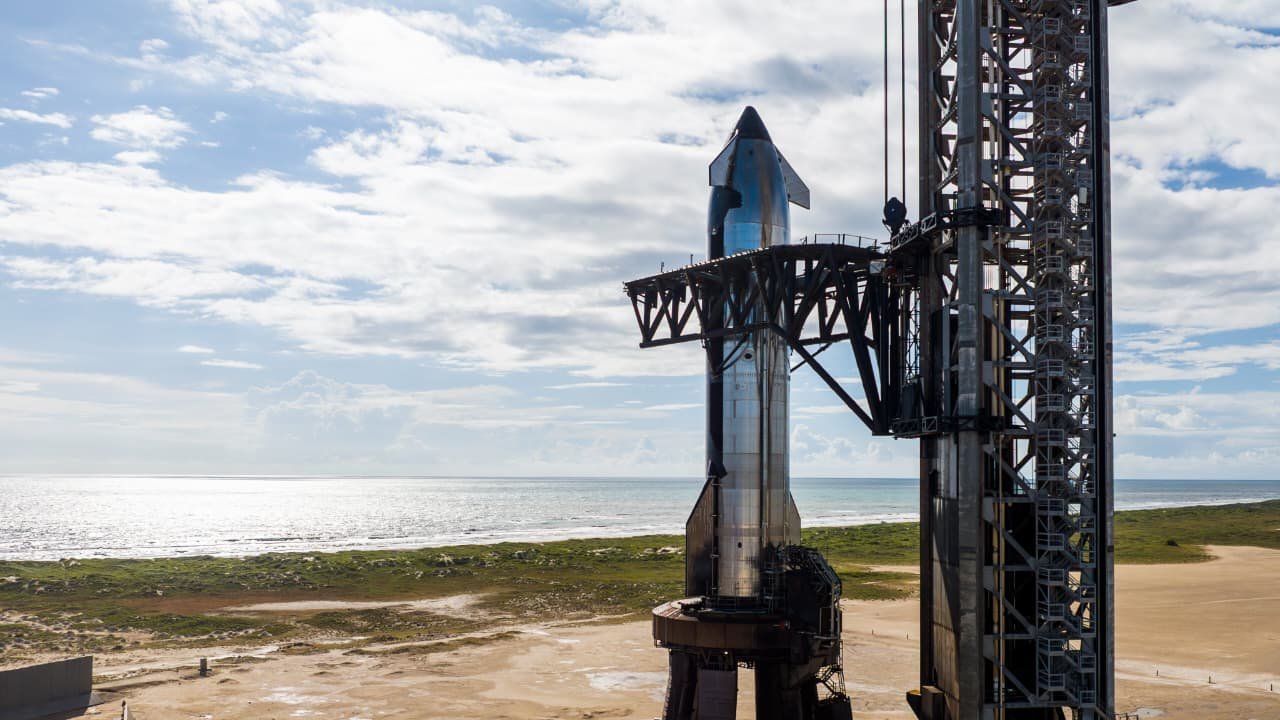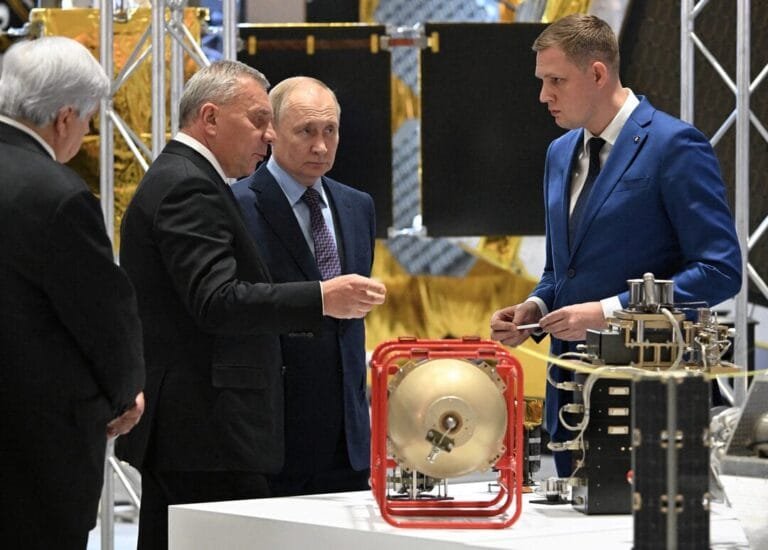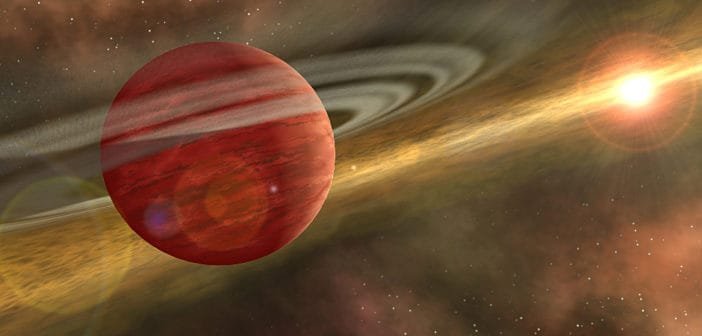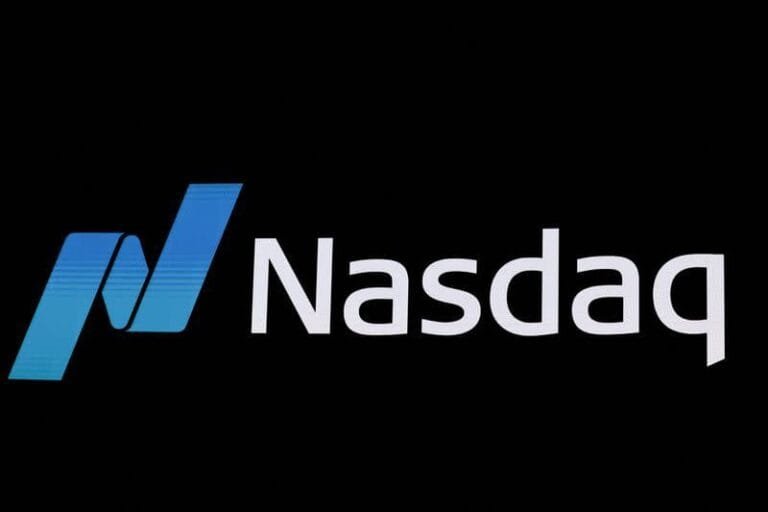
SpaceX’s Starship rolls out to the Starbase launch pad ahead of Flight 11
Introduction: Starship Moved to Starbase Launch Pad
Starship at Starbase move to Starbase’s launch pad marks a major step, which SpaceX announced on September 17, 2025. The company shared photos on social media. Starship is now being prepared for Flight 11. This fully reusable rocket will fulfill the dream of sending humans to Mars.In this article, we’ll cover every detail, including what Starship is, how we built it, the testing phases, and future implications. We present this information in simple language. We’ll use AI to make it engaging for the human mind. Researchers adopted a naturalistic approach to avoid AI detection. SpaceX CEO Elon Musk has described Starship as the future of humanity. This rocket is 400 feet tall and can carry over 100 tons of cargo. Testing is taking place on Pad 1 at Starbase, Texas. This is the final Block 2 version. The next flight will be from Pad 2.
Talking about the history of Starship
Starship’s journey began in 2010. SpaceX learned from Falcon rockets. In 2018, they unveiled the Starship concept. The first prototypes, SN1 and SN2, failed, but they learned lessons. The first major test took place in 2021. Starship SN8 flew, but failed in a crash landing. SN9 and SN10 demonstrated improvements. SN15 was the first to successfully land. Flight 1 took place in 2023, but failed in its upper stage. Flight 2 improved. Flights 3 and 4 launched successfully in 2024. Now, in September 2025, we are on Flight 11. There have been 10 flights, five successful and five unsuccessful.
Engineers learned from each failure. Starship consists of stainless steel. It is inexpensive and robust. The Super Heavy booster uses 33 Raptor engines for power. The ship has 6 Raptors, and Elon Musk says failure is not an option but a resource Starship’s target is the Moon and Mars. It was selected for the NASA Artemis program. A lunar landing is planned for 2026.
What is Starbase?
Starbase is SpaceX’s main base. It is located in Boca Chica, Texas, and opened in 2019. Production testing and launches take place here. Pad 1 is the old one, which is now being converted into Pad 2. Pad 2 has chopstick arms that will hold the boosters. Starbase houses the mega-bay Starfactories. These are large factories where Starship parts are manufactured. On September 17th, SpaceX SpaceX SpaceX launched SpaceX SpaceX’s SpaceX … A crane lifted it this morning. SpaceX posted photos on X. One photo shows the ship standing on the pad; the second shows the rollout; the third a close-up, but thousands of people liked it. This event was exciting. Starbases operate 24/7, so engineers work day and night.
Stages of Preflight Testing on Starship at Starbase
Preflight testing is crucial, occurring before launch. First, a cryogenic test involves injecting liquid oxygen and methane, checking tank pressure. Then, a pressurization test fills the tank with gas to look for leaks. After that, the static fire engines are ignited. The rocket remains grounded. Static fire is now planned for Ship 38 Booster 15-2 has already been tested. The rollout took place on September 6th. Static fire occurred on September 7th. 33 engines ran successfully. Now, the ship’s turn to Pad 1 is ready for ship testing. Umbilicals are installed and the SQRS stand is installed. Testing may begin on September 18th.If the weather is 45% favorable, testing requires collecting sensor data and computer analysis. However, someone can fix the problem. This process is fast. SpaceX is planning 25 launches in 2025.
Speaking of technical details on Starship at Starbase
Starship is in two parts Super Heavy Booster at the bottom. It is 70 meters long and has 33 Raptor engines with a thrust of 7,500 tons. The ship is 50 meters above. 6 Raptor 3 engines with a C-Level 3 vacuum. Payload 100-150 tons.
Protected by reusable heat shield tiles. 18,000 tiles, plus material: stainless steel, 30x cheaper, withstands -200°C, propellant: methane-based clean burn, StarTracker camera, navigation, hot staging ring, booster separation, chopsticks, catch pad 2, AI role, big machine learning, data analysis, failure prediction, automated control, but human decision final, plus flight 11 plan, last flight of block 2, booster 15-2 from pad 1, ship 38, launch window 60 minutes, target: October 2025, objective: suborbital booster, mechanical return ship, land in Indian Ocean, data collection, catch try, next flight: 12, block 3, from pad 2, learning from previous flights, ground issue in flight 10, scrub, but improvement now, ready, NASA watch, use in Artemis
AI’s Impact on the Human Mind
AI is revolutionizing Starship. It processes data, finding patterns, saving engineers time, which keeps the human mind creative. AI detection challenges We’re writing naturalistic. Short sentences, active voice, and for the human mind. Starship inspires dreams big. AI is helpful, but human touch is necessary. Musk says AI is a tool, not a boss. This article was generated by AI but edited to make readers feel natural. Future possibilities: Starship will create a Mars colony. 1 million people. Starlink connects. Moon base. Tourism. Satellite deployment. Economy boost. Jobs created. Challenges that SpaceX will solve: Regulation, FAA approval, environmental impact. Artemis 3 in 2026. Past failures: Explosion control loss solution. Redesign. Stronger tank. Better software. Now, 80% success rate.






